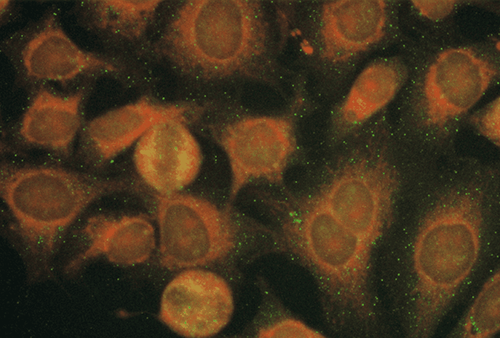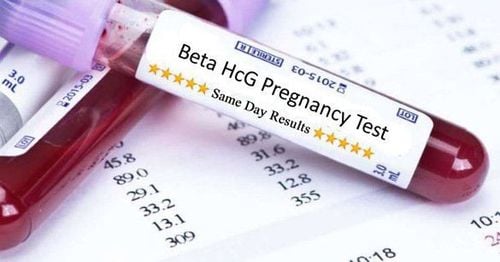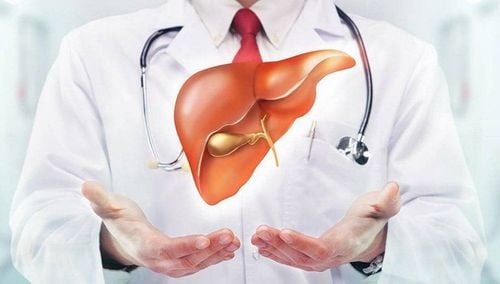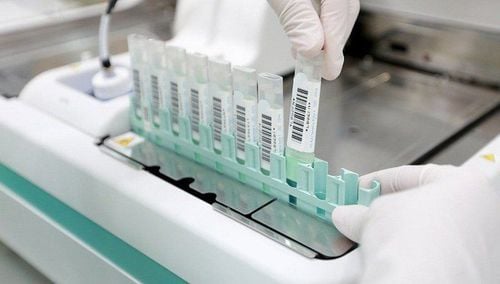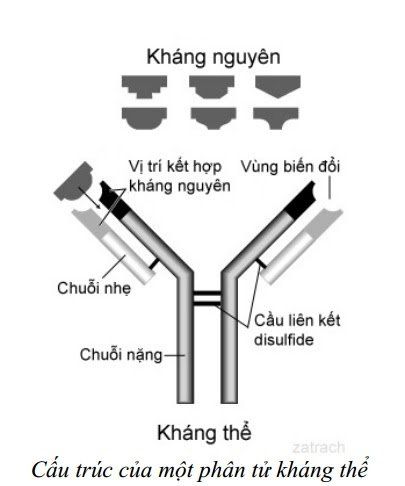This is an automatically translated article.
The article was made by a doctor of Laboratory - Vinmec Central Park International General HospitalThe antigens used for serological tests range from bacterial protozoa to synthetic peptides.
1. Antigen type
Protozoa is usually the first form chosen because it requires the least amount of treatment. Bacterial components such as carbohydrates, outer membranes or proteins, lipopolysaccharides, extracellular enzymes and toxins can also be used as antigens after purification. Some of it is refined in its raw form. The use of purified bacterial components can reduce the nonspecificity and possibly increase the immunostimulating properties of antigens.
Antigen complexes are more difficult to standardize because of the large number of antigenic determinants (epitopes). However, high purity antigens, such as polypeptides, may also have multiple antigen recognition sites. All of these sites can compete for antibody responses, and some are dominant over others (6). The point at which the antibody recognizes may be where the antigen is pivotal for pathogenesis may also not be (7). However, virulence factors tend to be more commonly recognized.
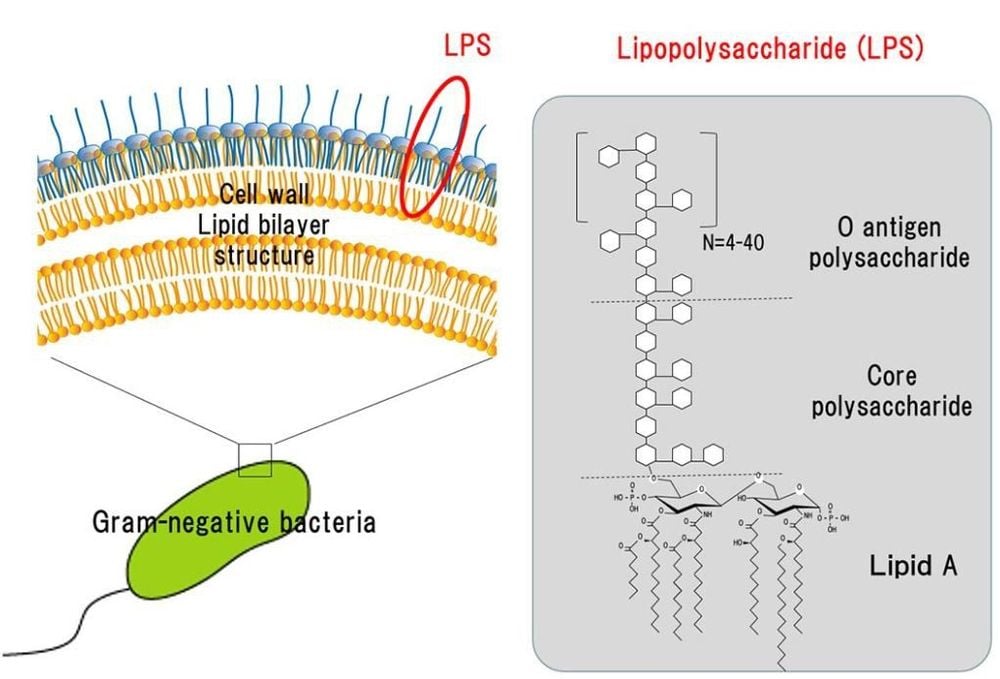
Màng ngoài lipopolysaccharides của vi khuẩn có thể sử dụng làm kháng nguyên
2. Antigen modification
Although the site of antibody recognition can be in the small carbohydrate or polypeptide layer, the more complex conformation is dependent on the second or third fold pattern of the structure that can also induce an immune response. on secondary or tertiary folding patterns of the structure may also serve to stimulate a response).
The final appearance of the immune system may be subject to change when antigens are prepared in different ways. For example, protozoal antigens are often inactivated on slides, which occurs for immunofluorescence studies; Various immobilization methods such as heat, acetone, formalin ethanol can also affect antigen (8). Furthermore, the purity or immobilization method may also alter antigenic activity due to chemical treatment. For the IFA test, fixation with acetone is preferred.
3. Antigen carriers
These agglutination methods usually use the bacteriophage, while in some other methods, the antigen is attached to the hard phase such as latex beads or red blood cells. Antigens may be appropriate on one carrier and not on another. For example, some bacterial lipopolysaccharides (LPSs) have a greater affinity for the erythrocyte receptor in a passively bound form (9) while others will bind to erythrocytes only after 'tanning'. surface) (10, 11) and other components are not attached at all.
Plastics, nitrocellulose, nylon and glass bind differently to different antigens. The rack used for the antigen-antibody reaction must be evaluated as to which type is most optimal for the reaction.
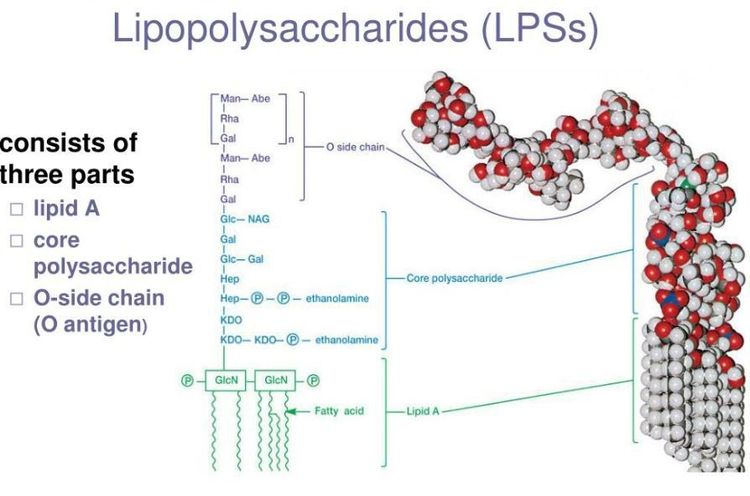
Lipopolysaccharides (LPSs) của Vi khuẩn
4. Antigenicity modifier
There are no antigens that can be used to induce a humoral immune response without evaluation of the antibody response by special techniques. Antigen processing within macrophages and other immune cells provides a large (abundant) source of antibody-producing systems.
Virulence factors are often the target of the immune response in active infections, although this is not always the case. For example, reinfection with B. pertussis is very unusual after pertussis due to a lack of immune response (12). Antibodies tend to be related to the amount of virulence factors in this situation. In Borrelia infection (Lyme disease), a strong antibody response is produced that tends to alter the bacterial outer membrane proteins. And in many toxin-related diseases, such as E. coli vetootoxin or diphtheria or tetanus toxin (13), a strong antibody response to a specific virulence factor is not unnecessarily increased during the period. active infection (14). A more robust anti-diphtheria toxin response is produced after vaccination than during natural infection.
Although the substrate for antibody interaction appears to be an inactivated molecule, many serological diagnostic tests are based on the antibody's ability to completely block or reduce enzymatic progression, e.g. ASOT test for S. pyogenes infection (a neutral form).
Some antigens are inherently incapable of stimulating the immune system. As for carbohydrates, which are best illustrated, due to poor response to pneumococci cysts, meningococci cysts and H. influenzae type b cysts in children under 2 years of age (15-17). Binding of multiple antigens on an antigen carrier can markedly enhance the immune response, eg conjugate vaccines for H. influenzae type b (18).
The serological method itself can be significant in terms of the extent of the immune response that is considered when specific antigens are not available. For example, extracting Mycoplasma pneumoniae with chloroform-methanol to use an incomplete glycolipid composition (19); recently used in traditional CF testing and does not take into account the measurement of polypeptide resistance response to bacteria. In contrast, digestion of M. pneumoniae polypeptides with SDS-PAGE prior to immunoblotting ensures that glycolipid antigens are inadequate for immunological assessment.
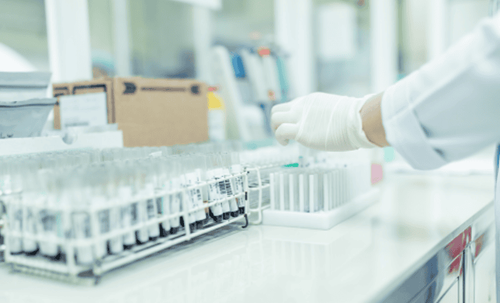
Phương pháp chẩn đoán huyết thanh được ứng dụng trong y học lâm sàng
5. Retro-fitting antigens
Molecular biology techniques offer a way to prepare antigens. In the past, antigens were initially assessed at random for their ability to induce an immune response even before it was known to be an important construct. Current genetic methods often give some indication of whether virulence factors of certain species are produced. Since then, it has been possible to sequence genes and design short peptides for the purpose of determining the immune response (20). The latter method has the potential to assist in generating antigens for serodiagnosis, sometimes also to exclude cross-reactivity or non-reactivity. Many of the proposed methods can be applied to the design of serological tests for uncultured viruses, despite their well-studied genomes (21), with potential for application in the diagnosis of infections caused by bacteria cannot be cultured.
Invite you to follow the document on Serological Diagnosis of Infections by Doctor Tran Thi Ngoc Anh including:
Serological Diagnosis of Infections Antigens and antigenic variation Antigen relationship Voidness specificity of the humoral immune response Summary of serodiagnostic methods - Part 1 Summary of serodiagnostic methods - Part 2 General aspects of utilization in hematology Bar The Complicated Situation in Serological Diagnosis Source: Nevio Cimolai
Children's and Women's Health Center of British Columbia, Vancouver, British Columbia, Canada




